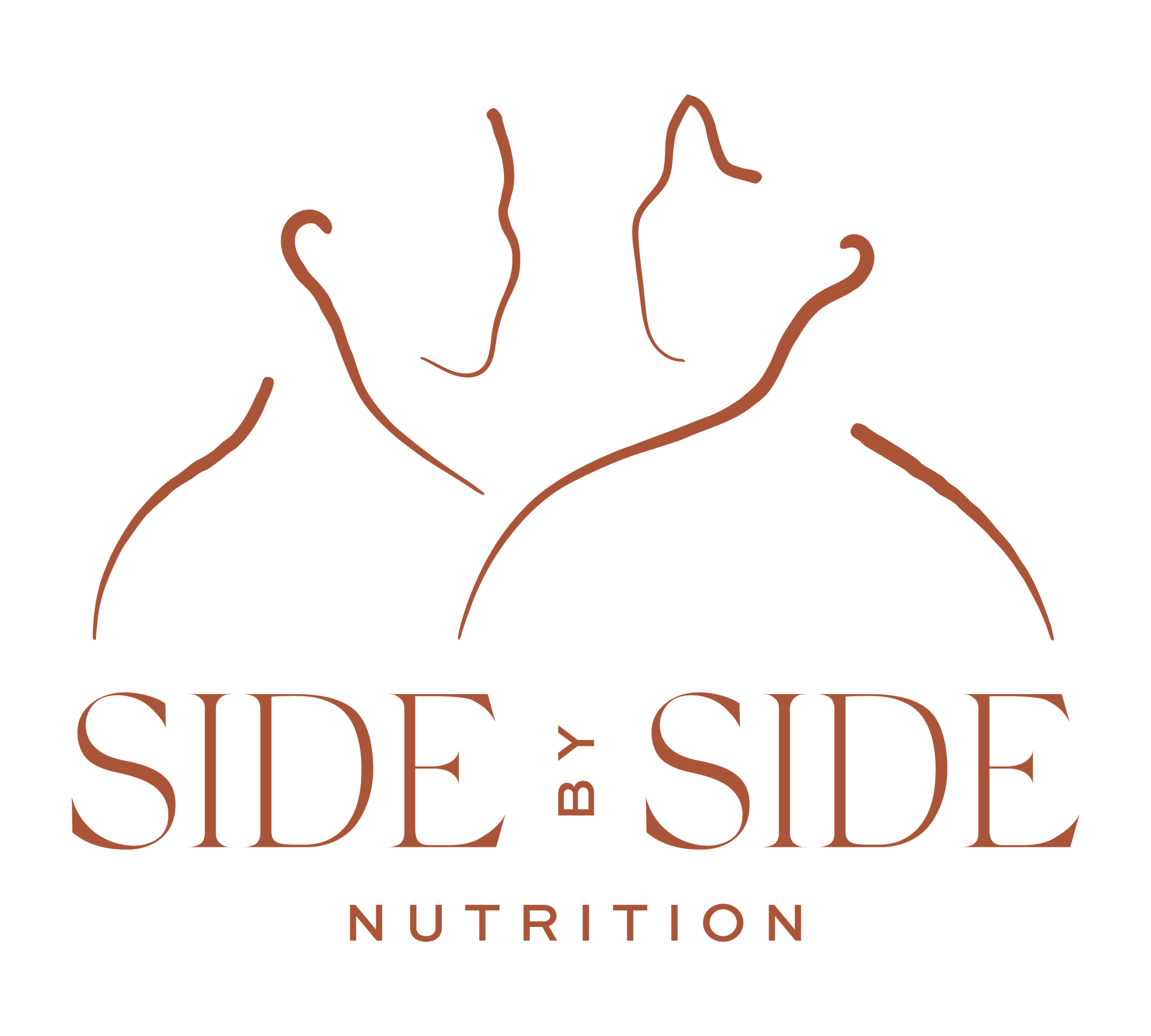What is Anorexia Athletic?
In today's fitness-thin-centric culture, the pursuit of a toned physique or peak athletic performance is often celebrated, no matter what costs it may have taken an individual to get there. Furthermore, there's often an association between fitness and health with a specific toned and ideal body type, which can lead to harmful messaging. It's important to recognize that these concepts are not interchangeable. This causes athletes to be more at risk for the possibility of developing disordered eating and body image struggles and possibly a diagnosable eating disorder like, Anorexia Athletica.
Anorexia Athletica, sometimes referred to as exercise anorexia, is a condition that traps individuals in a relentless cycle of compulsive exercise and restrictive eating habits. What may begin as a journey to health and well-being or excelling in a sport can spiral into disease and obsession, overshadowing the joy and the benefits of exercise and joyful movement.
Determining the exact number of people who struggle with Anorexia Athletica is challenging due to underreporting and its secretive nature. However, research suggests it's not uncommon, particularly among athletes where body image and performance are highly valued. Prevalence rates range from 6% to 45% among athletes, depending on the sport. Despite the lack of precise statistics, Anorexia Athletica is a significant concern within sports and fitness.
The signs of Anorexia Athletica can be subtle, not to be confused with harmless. Those affected may exhibit a compulsive need to exercise excessively, often pushing their bodies to the brink without allowing adequate rest or recovery. This drive is paralleled by restrictive eating patterns and behaviors and obsessively weighing oneself, both dictating worth and success.
Body image preoccupation can become all-consuming, dominating thoughts and actions. Every meal is scrutinized, every workout is an opportunity to burn off calories. Energy levels plummet, injuries may start to occur, muscles ache, and exhaustion becomes a constant companion. The pursuit of perfection takes a heavy toll on both body and mind, leading to physical ailments and emotional distress. Additionally, athletes who are grappling with Anorexia Athletica may often exhibit bradycardia, characterized by a low heart rate below average. Unfortunately, some doctors may overlook this symptom, dismissing it with statements like "you're just an athlete," which undermines the seriousness of the condition.
Understanding Anorexia Athletica requires a nuanced approach that acknowledges the complex interplay of psychological, social, and biological factors. It's not simply about vanity or willpower—it's a multifaceted issue that demands compassion, support, and professional intervention. Increased awareness and early intervention are crucial in addressing this form of disordered eating and promoting healthier attitudes toward exercise, nutrition, and body image.
We believe people are meant to discover true nourishment through a self-compassionate, self-accepting, and holistic lens. In our practice, our clients are empowered to become their own nutrition experts. Our role is to gently lead them towards body trust and acceptance, and ultimately, open up their lives to more.
We want to work with you.

